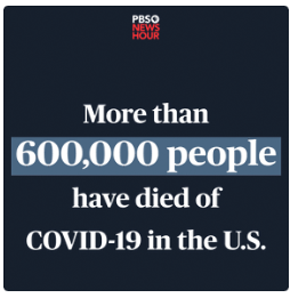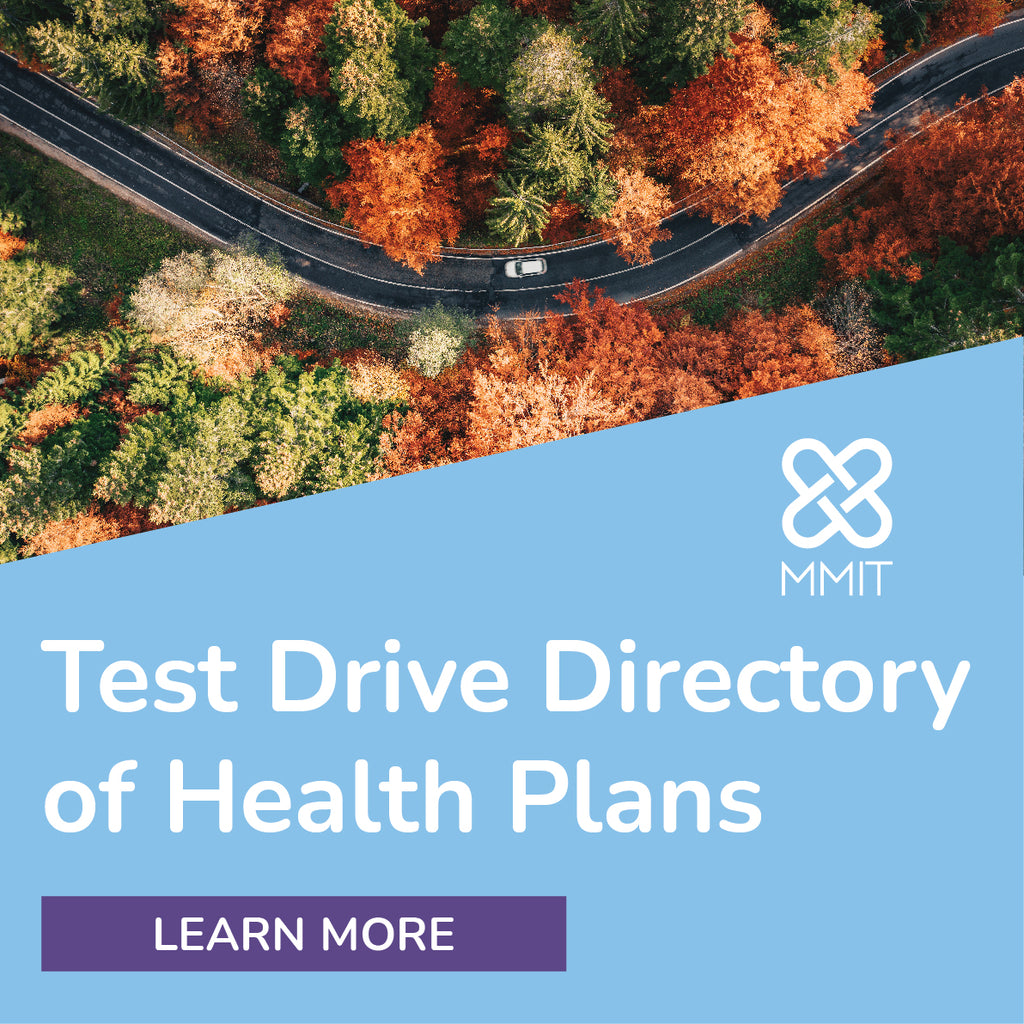Health Plan Weekly
-
News Briefs
✦ Hospitalized COVID-19 patients covered by private insurance paid an average of $534 out-of-pocket on medical costs, while Medicare Advantage members paid a mean $680 within 90 days of discharge, according to a study by University of Michigan and Boston University researchers that is pending peer review. The researchers also found that one in 14 privately insured patients and one in 10 Medicare Advantage beneficiaries paid more than $2,000.
✦ Medicare Advantage now covers more than four in 10 Medicare beneficiaries, meaning MA enrollment has doubled over the past 10 years, according to the Kaiser Family Foundation (KFF). KFF found that the scale of MA enrollment varied significantly by state, with 50% or more beneficiaries enrolled in MA plans in Minnesota, Florida and Puerto Rico, but less than 20% in Vermont, Maryland, Alaska and Wyoming. Nationally, 29% of Medicare beneficiaries live in a county where more than half of all Medicare beneficiaries are enrolled in Medicare Advantage plans.

-
Cigna Doubles Down on Incentives to Spur Biosimilar Adoption
Cigna Corp. — which made headlines earlier this year when it indicated patients could receive a monetary award if they switch from a high-priced psoriasis drug to a cheaper biologic — now appears to be making that strategy an official program, starting with a different drug.
In a recent press release, the insurer revealed that starting in July, two approved biosimilars for Janssen’s immunosuppressive drug Remicade (infliximab) — Avsola and Inflectra — will move to preferred status on its formularies. “With these updates, Cigna is taking concrete steps to help patients and plans realize the promise of alternative, clinically effective treatment options,” the company said.

-
Insurers Can Benefit From Value-Based SUD Contracts
Health plans will see the best results in treating substance use disorder (SUD) by adopting a risk-sharing, value-based contracting model with providers, experts say. According to executives from a health plan and an addiction treatment provider, fee-for-service contracting can create incentives for providers that work against best practices in SUD treatment.
“Substance use disorder treatment, for decades in our country, [has] grown up outside of the traditional health care system,” said Stephanie Strong, CEO of SUD treatment provider Boulder Care, in a June 22 virtual panel discussion at the AHIP Institute and Expo. “And often, a lot of the policies and outcomes…[have] been the result of a lot of misinformation about this condition and its treatment. For example, the prevailing sentiment is, if someone has addictive disease, send them to rehab or a[n inpatient] facility — which may be for 30 or 90 days — and expect a cure when someone returns.”

-
Ruling Blocks Okla. MCO Program, But Fight May Not Be Over
In Oklahoma, the most recent state to implement a Medicaid expansion under the Affordable Care Act, the state Supreme Court recently struck down a plan pushed by Republican Gov. Kevin Stitt to implement a managed care organization (MCO) model for the expanded program. Experts say that the decision, which is the result of a suit brought by health care providers, is likely to increase cost in the program and is reminiscent of a similar provider-driven effort to undermine an MCO program in North Carolina.
The Oklahoma Supreme Court’s ruling holds that Stitt was acting outside his authority in soliciting bids for MCO contracts, which were awarded to four insurers — Blue Cross and Blue Shield of Oklahoma, Humana Inc.’s Healthy Horizons, Centene Corp.’s Oklahoma Complete Health, and UnitedHealthcare — and set to start enrolling members on Oct. 1. The court found that the voter-approved initiative expanding Medicaid did not explicitly authorize a managed care system, and said that for such a system to be implemented, the state legislature would have to pass a bill creating a managed care program.

-
As Physician Shortage Looms, Here’s How Payers Can Help
By 2034, the U.S. will be facing a shortage of 37,800 to 124,000 physicians, predicts a new report from the Association of American Medical Colleges (AAMC). While that estimate dropped slightly from what the AAMC predicted in last year’s report, industry experts say that the looming dearth of doctors is still a cause for concern — and health insurers can help mitigate it.
“If we don’t address the shortage, over time more and more people won’t be able to get all the care that they need in a timely fashion. That’s the bottom line,” says Michael Dill, director of workforce studies at the AAMC. “There are already millions of Americans who face that problem, and it’s just going to grow if we don’t address the shortage.”












